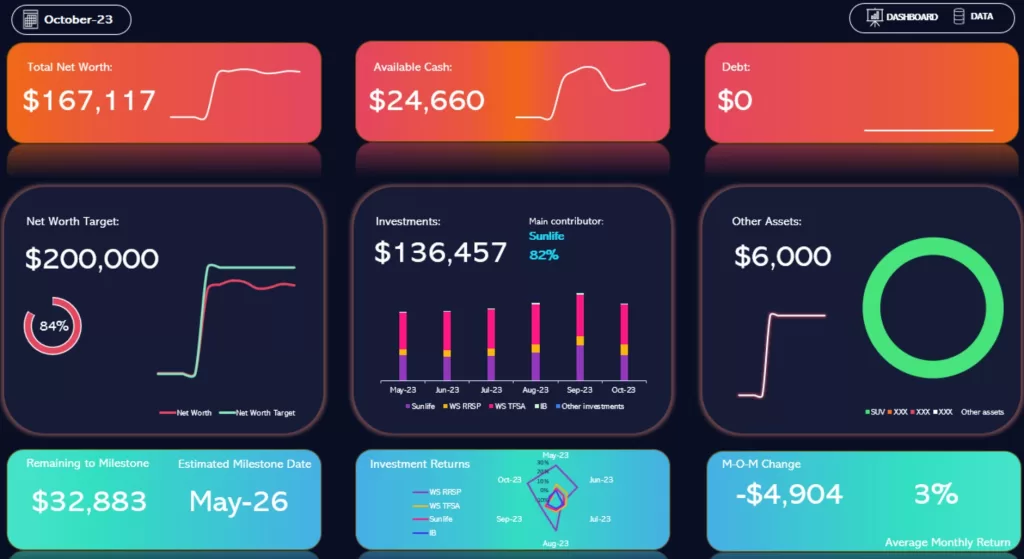Countless Individuals have successfully tackled substantial credit card debt, and now it’s your opportunity to follow suit. In essence, your objective to break free from debt involves evaluating, organizing, taking action, and repeating the process until your balances reach zero.
Rest assured, we are here to support you every step of the journey.
Here’s a six-step plan to empower you in gaining control over your debt. Proceed at your own pace, and mark each step as completed with a bold Sharpie for a satisfying sense of accomplishment.
Table of Contents
1. Cease Card Usage.
Avoid compounding your credit card debt by refraining from using them. Remove all credit cards from your wallet or purse and store them securely at home—perhaps behind a major appliance or within an ice block in your freezer. While keeping one for emergencies is reasonable, resist deeming a tempting sale or a trendy gadget as an emergency.
2. Evaluate your Debt-to-Income Ratio
Confront your debt situation and gain a comprehensive overview of where you stand. Certain debts, such as mortgages and student loans, are unavoidable aspects of life. However, others, like credit cards and car loans (“bad debt”), can destabilize your financial foundation with the slightest disturbance. Calculate your debt-to-income (DTI) ratio by combining your monthly debt payments, including your mortgage if applicable, multiplying the sum by 12, and dividing by your annual gross income before taxes. This yields a percentage.
A DTI at or below 35% is considered good or very good. Between 35% and 50% is acceptable, primarily if it includes loans like your mortgage or student loans. If your DTI falls within this range, it’s prudent to explore ways to reduce it. A DTI exceeding 50% signals a troublesome area, prompting the need for decisive action.
3. Delve into the Specifics
Before confronting a mountain of debt, equip yourself with the necessary information. Understanding key details about your financial foe is crucial in conquering credit card bills. How many cards do you possess? What are their interest rates? Which ones carry the highest balances? Are the payment terms flexible? Is the debt categorized as “secured” or “unsecured”? Consolidate all relevant information to gain a clear understanding of your financial landscape.
4. Lower your Interest Rate.
A single phone call can potentially save you thousands of dollars. Although it may sound like a marketing claim, it holds true. Requesting your lender to reduce your interest rate accelerates your journey to debt freedom. Sometimes, securing a lower interest rate is as simple as placing a call to your lender. A sample call script is provided in the link above to guide you in presenting your case effectively.
5. Strategize your Approach.
It’s time to devise your battle plan. Choose a date for your “Freedom From Debt Day.” Having this target date allows you to work backward, outlining the necessary steps to ensure you reach your goal by that specific date.
6. Incorporate a few (Inexpensive) rewards.
Navigating debt elimination may become monotonous. To prevent slipping back into old spending habits, include some treats along the way. Just as strict diets benefit from occasional indulgences, restraining your budget to reduce debt is more sustainable with occasional, modest splurges. Plan for small indulgences to help maintain balance and motivation throughout the process.
Here’s your opportunity to take the next step: Purchase your own Budget Tracking Tool. A reliable budget tracking tool will empower you to maintain consistency in your financial journey, make informed decisions, and watch your small efforts blossom into significant financial achievements. Remember, every small step you take today brings you closer to the financial future you aspire to achieve.






